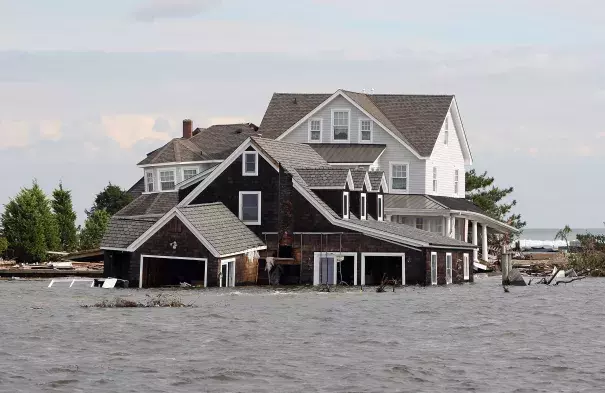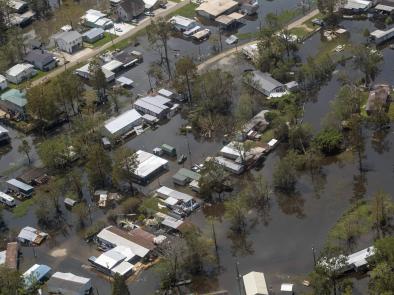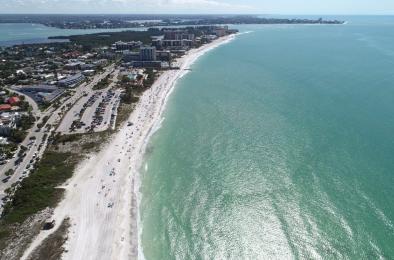How Rising Seas and Coastal Storms Drowned the U.S. Flood Insurance Program

Like other barrier islands up and down the Atlantic and Gulf coasts, Long Beach Island is drowning in slow motion. Over the last century, researchers estimate that the ocean and bays that flank the island have risen by about a foot. That doesn’t sound like much, but the added water has made a huge difference in life on the island. Barnegat Bay now routinely washes over the bulkheads and floods the streets. Occasionally, school buses have to wait for the water to recede to pick up or drop off children. Even more worrisome, the rising water makes it easier for storm surge and waves to do more damage in violent storms such as Hurricane Sandy, which wrecked Long Beach Island and the back-bay communities in Ocean County in October of 2012.
Sea level rise played an important role in Sandy, with historic flooding from Delaware to the Battery in lower Manhattan. Upward of 100,000 people experienced flooding who otherwise would have been dry, researchers estimate. Most late season hurricanes veer out to sea by the time they reach the mid-Atlantic. Sandy took a hard left-hand turn, crashing ashore near Atlantic City and pushing a five-foot plume up the bays, into places water had never reached before.
Related Content






